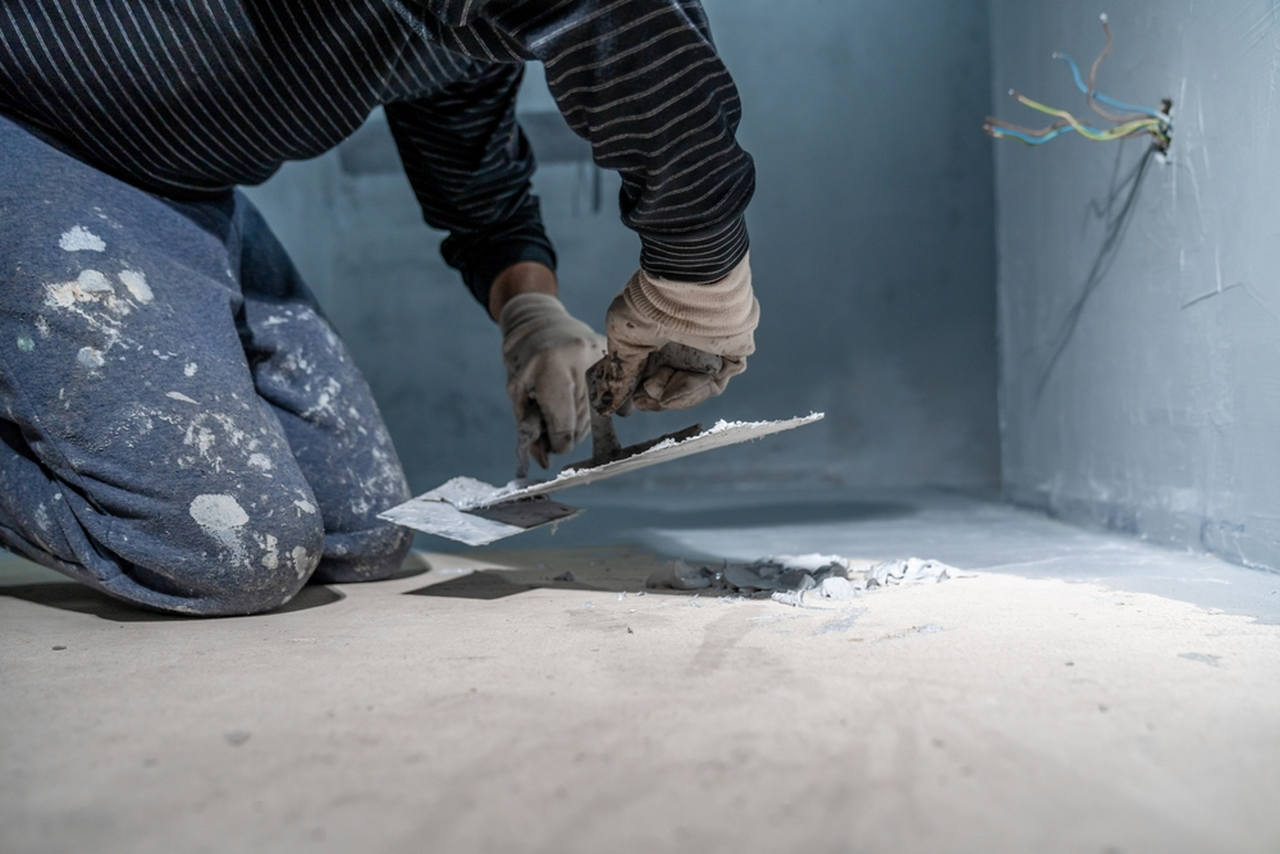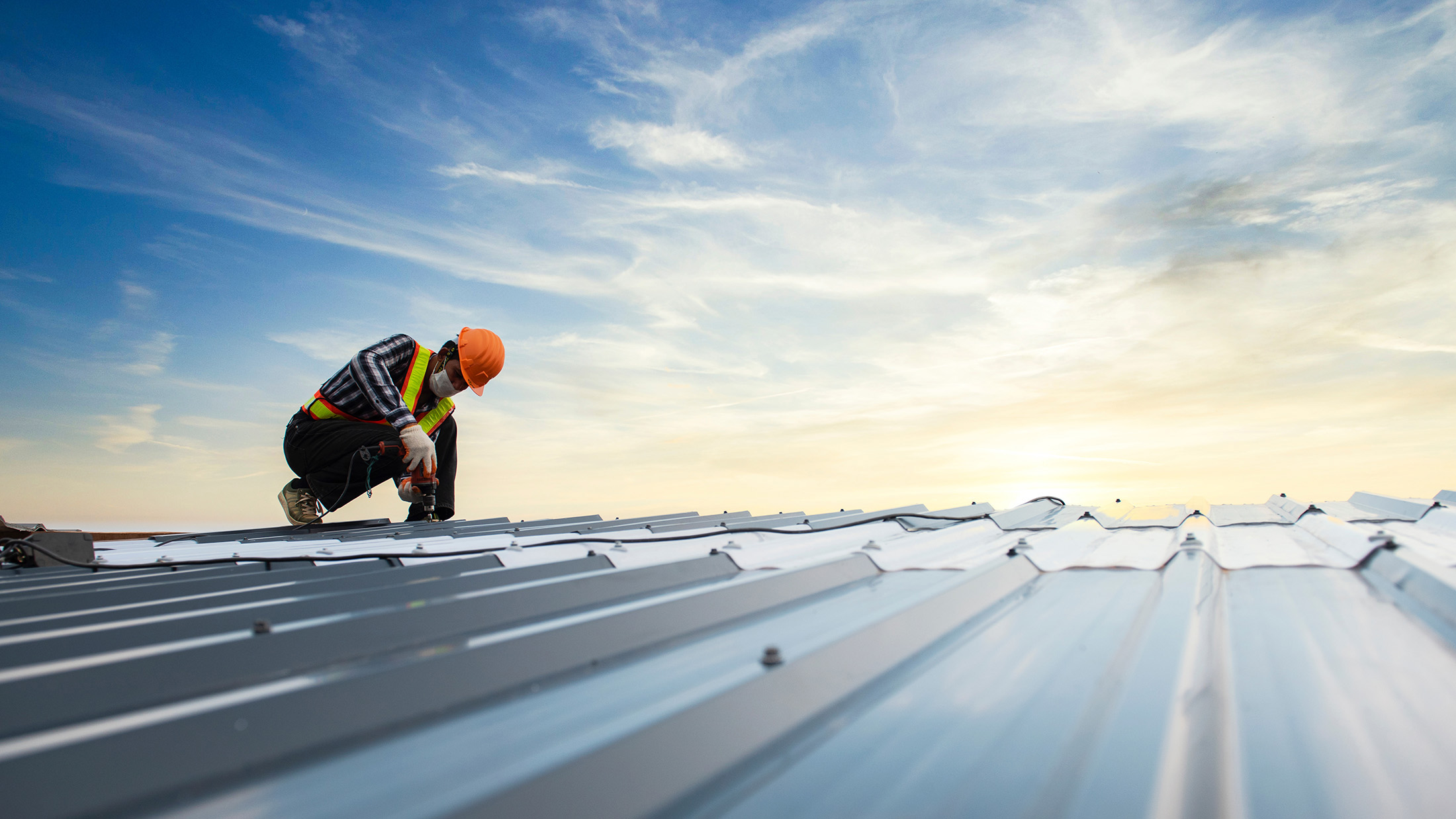Types of Waterproofing: Checking Out the Different Methods and Their Applications
Waterproofing is an essential element of construction and maintenance. It secures structures from the detrimental impacts of water damages. There are a number of approaches readily available, each with its unique applications and benefits. From membrane systems to cementitious solutions, understanding these options is vital for reliable implementation. The option of waterproofing method can greatly influence longevity and longevity. Discovering these numerous techniques reveals their distinctive advantages and prospective obstacles, triggering additional consideration of ideal services.
Membrane Layer Waterproofing Solutions
Membrane layer waterproofing systems offer as an essential barrier against water intrusion in various frameworks. These systems commonly consist of thin sheets made from products like rubber, thermoplastic, or asphalt, which are related to surface areas to stop dampness infiltration. They can be installed over or listed below grade and are particularly effective in areas vulnerable to high water exposure, such as cellars, roofing systems, and foundations.The setup process includes cleaning the substratum, using adhesives or primers, and exactly suitable the membrane to ensure complete protection. Membrane layer systems can be either totally stuck, mechanically connected, or laid loose, depending on the details demands of the job. They supply resilience and adaptability, suiting structural motions without compromising their waterproofing capacities. Additionally, these systems can be enhanced with extra layers for enhanced defense. Ultimately, membrane waterproofing systems are essential for protecting structures against water damage and keeping long-term honesty.
Liquid-Applied Waterproofing Coatings
Liquid-applied waterproofing finishes give a versatile remedy for securing surfaces from water infiltration - Water Solutions Omaha. These coatings consist of liquid materials that, when applied, develop a smooth, flexible membrane layer. Their flexibility allows for application on various substrates, including concrete, metal, and wood. The coverings can be made use of in varied atmospheres, from property to commercial setups, making them ideal for roofing systems, foundations, and below-grade structures.One substantial advantage of liquid-applied finishings is their ability to satisfy irregular shapes and permeate cracks, creating a durable obstacle against dampness. They typically show excellent attachment residential properties and resistance to UV radiation, ensuring long life and durability. Furthermore, the application procedure is usually straightforward, enabling quick setup and lowered labor prices. This technique also minimizes the risk of water pooling, as the continual layer effectively routes water away from susceptible locations. In general, liquid-applied waterproofing coatings are a reliable option for detailed water defense
Cementitious Waterproofing Solutions

Cementitious waterproofing solutions provide a robust choice for frameworks calling for trusted moisture protection. These systems mainly utilize a mix of concrete, sand, and chemical ingredients to create a water-proof barrier. They are typically put on surfaces such as concrete wall surfaces, structures, and floors, providing a durable, long-lasting defense against water intrusion.One of the essential benefits of cementitious waterproofing is its ease of application; it can be applied using a brush, roller, or spray, making it ideal for different project dimensions. Additionally, this technique is suitable with numerous surface areas and can typically be made use of along with various other waterproofing techniques.Cementitious options are especially effective in atmospheres where water direct exposure is a problem, such as basements or below-grade structures. Their outstanding attachment homes assure Website that they bond well with substratums, supplying a solid and impenetrable layer against wetness infiltration.
Bentonite Waterproofing
Bentonite waterproofing is an extremely reliable technique that makes use of sodium bentonite clay to produce an all-natural obstacle versus water. This method manipulates the special buildings of bentonite, which increases upon contact with water, securing any prospective leaks and avoiding wetness infiltration. It is typically used in various applications, including foundation walls, passages, and maintaining walls, where water resistance is essential.Bentonite can be applied in a number of kinds, such as panels or blankets, supplying flexibility in setup. Its capability to self-seal makes it an appealing option for areas based on shifting soil or changing water degrees. Furthermore, bentonite waterproofing is eco-friendly, as it is an all-natural product that does not introduce hazardous chemicals into the surroundings.
Drainage and Exterior Waterproofing Equipments
Effective waterproofing typically includes a combination of methods, including drainage and external systems. Water drainage systems, such as French drains and sump pumps, are designed to reroute water far from structures, reducing hydrostatic stress against structures. These systems are essential in preventing water accumulation that can lead to architectural damages and mold growth.External waterproofing, on the various other hand, entails applying protective obstacles to the building's outside. Techniques such as the setup of water-proof membrane layers, coatings, or sealers have a peek at this website can aid prevent water seepage. This technique not only secures the structure but likewise boosts the general durability of the structure.Together, drainage and exterior waterproofing systems form a detailed solution to handle water properly. By applying these strategies, homeowner can safeguard their investments versus the damaging results of dampness, ensuring lasting security and safety for their structures.
Regularly Asked Concerns
How Do I Select the Right Waterproofing Method for My Project?
Choosing the best waterproofing method relies on elements such as project type, environmental conditions, budget plan, and desired long life. Examining these aspects permits educated decisions customized to certain requirements and needs.

Can Waterproofing Be Applied in Winter Issues?
Waterproofing can be applied in winter problems, but it calls for particular products and methods. Cold temperature levels may influence curing times and adhesion, necessitating mindful option of items created for low-temperature application.
What Are the Typical Indicators of Waterproofing Failing?
Typical indicators of waterproofing failing include noticeable water spots, peeling paint, wet smells, mold growth, and splits in wall surfaces or structures. Foundation waterproofing Omaha. These indications suggest that dampness is passing through the obstacle, jeopardizing its performance
The Length Of Time Does Waterproofing Last Before Requiring Upkeep?
The durability of waterproofing differs, commonly lasting in between 5 to one decade. Aspects such as material top quality, ecological problems, and maintenance methods basement wall crack repair influence its toughness, requiring routine inspections to assure efficient defense versus water breach.
Are There Eco-Friendly Waterproofing Options Available?
The question of environmentally friendly waterproofing choices discloses a growing passion in lasting products (Sump pump discharge drainage Omaha). Numerous all-natural compounds, such as plant-based sealants and recycled items, use effective options while lessening ecological impact, appealing to eco aware consumers